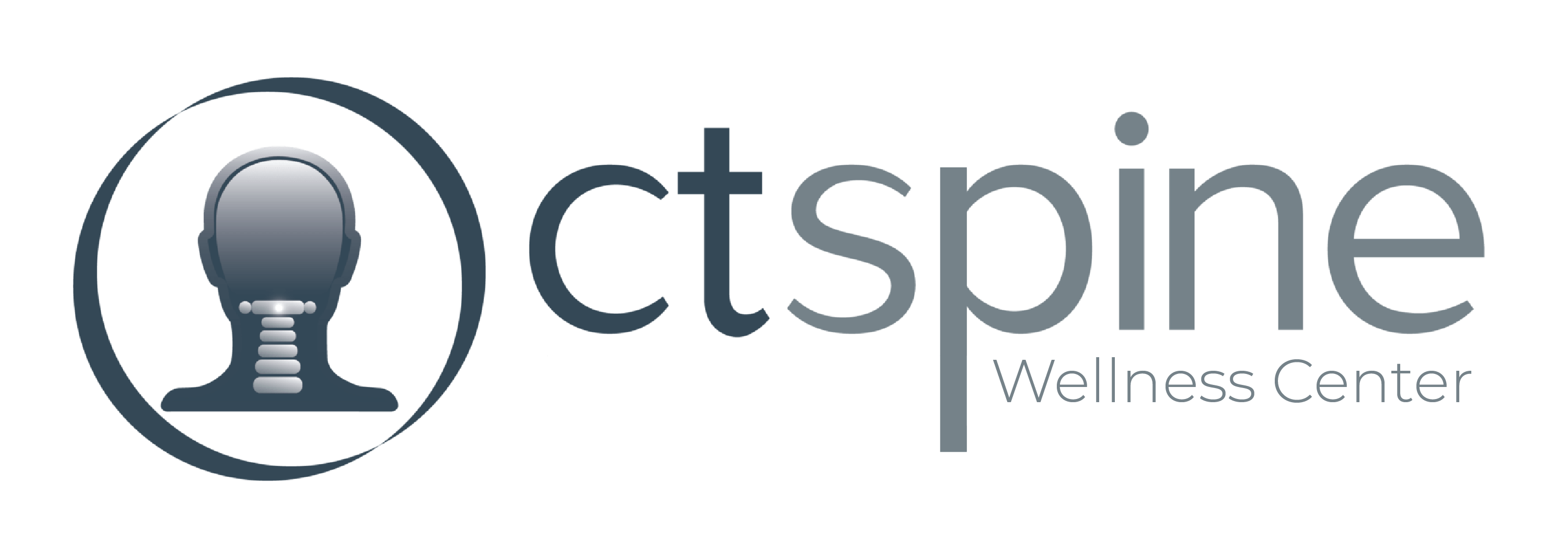The condition of a “normal” spine varies based on an individual’s unique circumstances, including anatomical variations and prior damage. However, for the sake of discussion, let’s consider what an ideal or optimal spine should be.
It is commonly said that if our spine was visible, we would take better care of it, similar to how we prioritize dental hygiene. While many people prioritize brushing their teeth daily, spinal health is not always top of mind. Nonetheless, our spine is responsible for housing the extension of our brain, making it a vital component of our overall health.
The human spine has three natural curves when viewed from the side.
These curves serve multiple purposes, including increasing the spine’s shock absorption capacity, enhancing flexibility, promoting spinal stability, and resisting gravitational forces that act on our bodies all day long.
Among the three curves, the one in the neck is the most crucial because the nerves that transmit signals to other parts of the body must pass through the spinal canal in the neck.
A loss of curvature in the neck region can increase the pressure on the discs and decrease pressure on the back part (facets) of the spine. This pressure shift can accelerate the wear and tear of the discs, making them more prone to injury in the future. Therefore, it is crucial to maintain the natural curves of the spine, particularly in the neck region, to promote optimal spinal health and prevent potential injuries.
Maintaining an ideal cervical spine curvature is crucial for spinal strength and injury prevention.
According to Gray’s Anatomy, the greatest pivotal stress occurs in the upper and lower neck regions, making a lordotic curve (banana shape) in the neck essential for achieving maximum strength and stability.
The top bone, or atlas vertebra, should ideally have an angle of 18-24 degrees to minimize pressure on the brain stem. Maintaining these spinal curves also helps decrease tension on the spinal cord. In the absence of these curves, the spinal cord can elongate up to 7 centimeters, leading to several neurological issues.
To prevent permanent damage to the brain and spinal cord, it is essential to get your spine evaluated periodically and address any issues promptly. Poor cervical curvature can cause the atlas vertebra to shift, leading to headaches, neck and shoulder pain, jaw pain, and fatigue as it takes more energy to hold up the head.
When viewed from the front, the spine should be straight up and down, with the eyes, ears, and hip bones level.
This position uses the least amount of energy to support the body against everyday gravity. Deviations from this alignment can result in scoliosis.
Uneven pressure on the spine can lead to accelerated degeneration and wear and tear, resulting in potential health problems in the future. A useful analogy is to imagine the effect of improper tire alignment on a car’s performance. In the same way that uneven tire alignment causes uneven pressure and wear on the tires, uneven pressure on the spine can lead to similar issues.
Your pelvis is the foundation of your spine, just as the foundation of a house is essential for its structural integrity. Any misalignment in the pelvis can affect the entire spine’s alignment, leading to potential health problems, just as a misalignment in the atlas vertebra at the top of the spine can have the same effect on the body.
A healthy spine should have hips that are even, a sacrum (tailbone) that is straight up and down, and a lumbar spine (lower back) that sits directly on top of the pelvis. Maintaining proper alignment in the pelvis and the spine is crucial for optimal spinal health and overall well-being.
Atlas Orthogonal is a non-invasive treatment for people who suffer from chronic pain in the neck, shoulders, and back and uses percussion waves to gently move the atlas vertebra back to its orthogonal or neutral position.
Call the Connecticut Spine & Health Center today at (203) 967-8888 to schedule an appointment or visit our website to schedule an appointment online. It’s time to get started on a path to a pain-free life.







